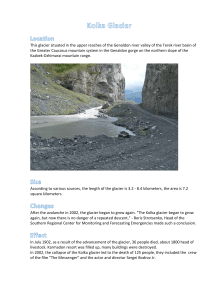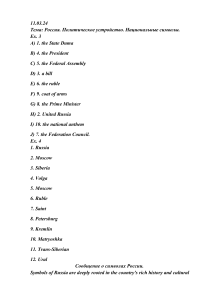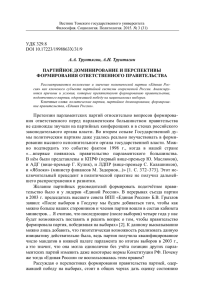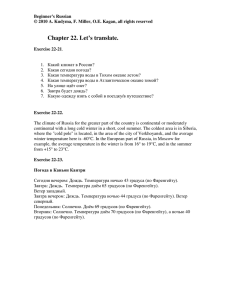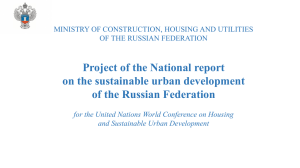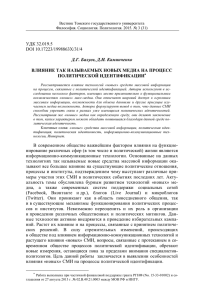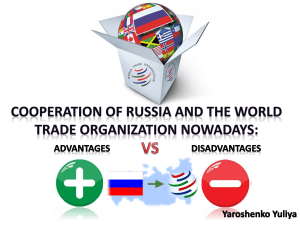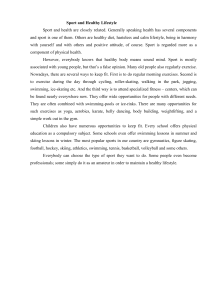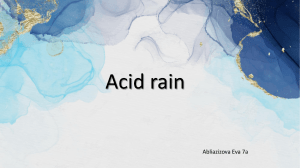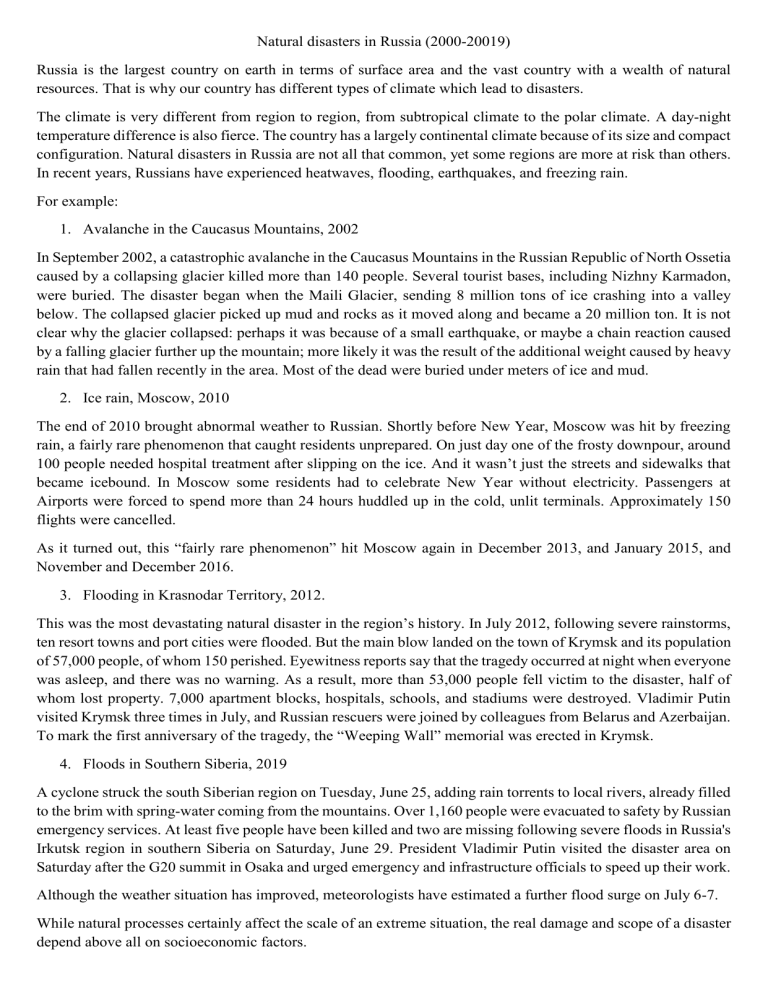
Natural disasters in Russia (2000-20019) Russia is the largest country on earth in terms of surface area and the vast country with a wealth of natural resources. That is why our country has different types of climate which lead to disasters. The climate is very different from region to region, from subtropical climate to the polar climate. A day-night temperature difference is also fierce. The country has a largely continental climate because of its size and compact configuration. Natural disasters in Russia are not all that common, yet some regions are more at risk than others. In recent years, Russians have experienced heatwaves, flooding, earthquakes, and freezing rain. For example: 1. Аvalanche in the Caucasus Mountains, 2002 In September 2002, a catastrophic avalanche in the Caucasus Mountains in the Russian Republic of North Ossetia caused by a collapsing glacier killed more than 140 people. Several tourist bases, including Nizhny Karmadon, were buried. The disaster began when the Maili Glacier, sending 8 million tons of ice crashing into a valley below. The collapsed glacier picked up mud and rocks as it moved along and became a 20 million ton. It is not clear why the glacier collapsed: perhaps it was because of a small earthquake, or maybe a chain reaction caused by a falling glacier further up the mountain; more likely it was the result of the additional weight caused by heavy rain that had fallen recently in the area. Most of the dead were buried under meters of ice and mud. 2. Ice rain, Moscow, 2010 The end of 2010 brought abnormal weather to Russian. Shortly before New Year, Moscow was hit by freezing rain, a fairly rare phenomenon that caught residents unprepared. On just day one of the frosty downpour, around 100 people needed hospital treatment after slipping on the ice. And it wasn’t just the streets and sidewalks that became icebound. In Moscow some residents had to celebrate New Year without electricity. Passengers at Airports were forced to spend more than 24 hours huddled up in the cold, unlit terminals. Approximately 150 flights were cancelled. As it turned out, this “fairly rare phenomenon” hit Moscow again in December 2013, and January 2015, and November and December 2016. 3. Flooding in Krasnodar Territory, 2012. This was the most devastating natural disaster in the region’s history. In July 2012, following severe rainstorms, ten resort towns and port cities were flooded. But the main blow landed on the town of Krymsk and its population of 57,000 people, of whom 150 perished. Eyewitness reports say that the tragedy occurred at night when everyone was asleep, and there was no warning. As a result, more than 53,000 people fell victim to the disaster, half of whom lost property. 7,000 apartment blocks, hospitals, schools, and stadiums were destroyed. Vladimir Putin visited Krymsk three times in July, and Russian rescuers were joined by colleagues from Belarus and Azerbaijan. To mark the first anniversary of the tragedy, the “Weeping Wall” memorial was erected in Krymsk. 4. Floods in Southern Siberia, 2019 A cyclone struck the south Siberian region on Tuesday, June 25, adding rain torrents to local rivers, already filled to the brim with spring-water coming from the mountains. Over 1,160 people were evacuated to safety by Russian emergency services. At least five people have been killed and two are missing following severe floods in Russia's Irkutsk region in southern Siberia on Saturday, June 29. President Vladimir Putin visited the disaster area on Saturday after the G20 summit in Osaka and urged emergency and infrastructure officials to speed up their work. Although the weather situation has improved, meteorologists have estimated a further flood surge on July 6-7. While natural processes certainly affect the scale of an extreme situation, the real damage and scope of a disaster depend above all on socioeconomic factors.
